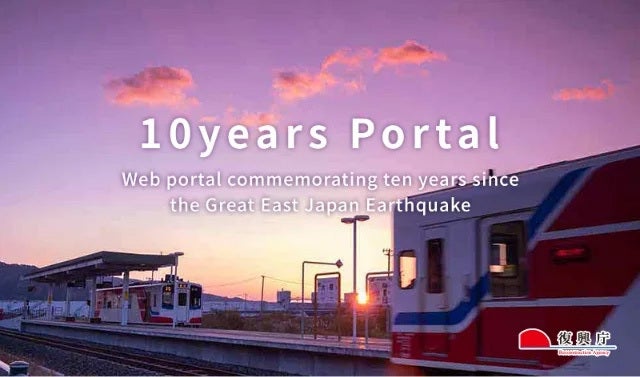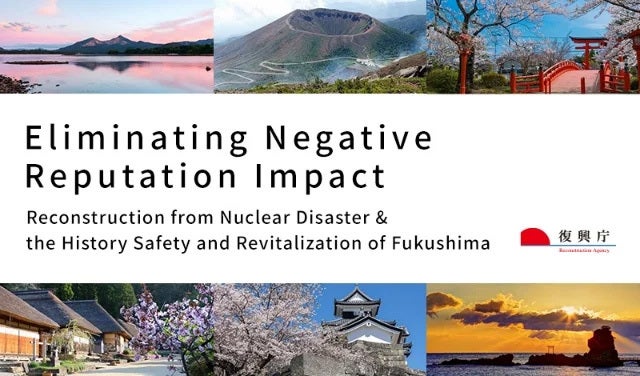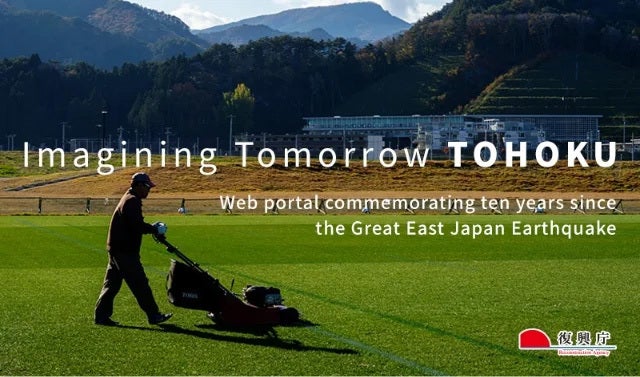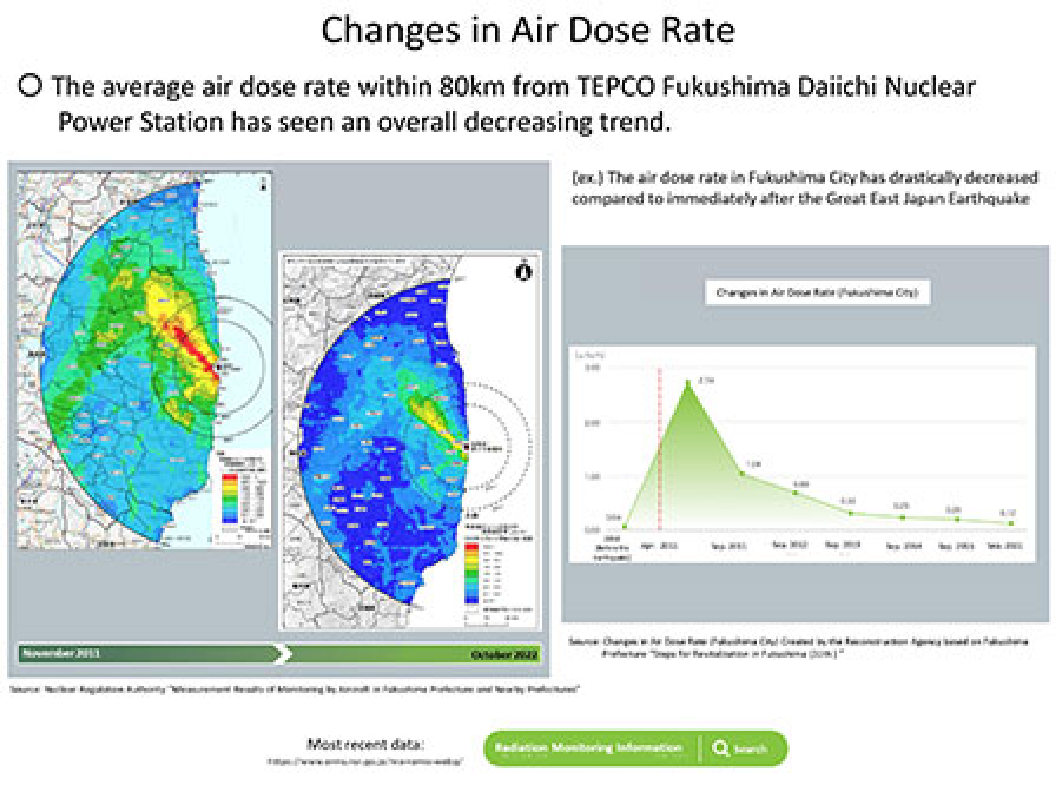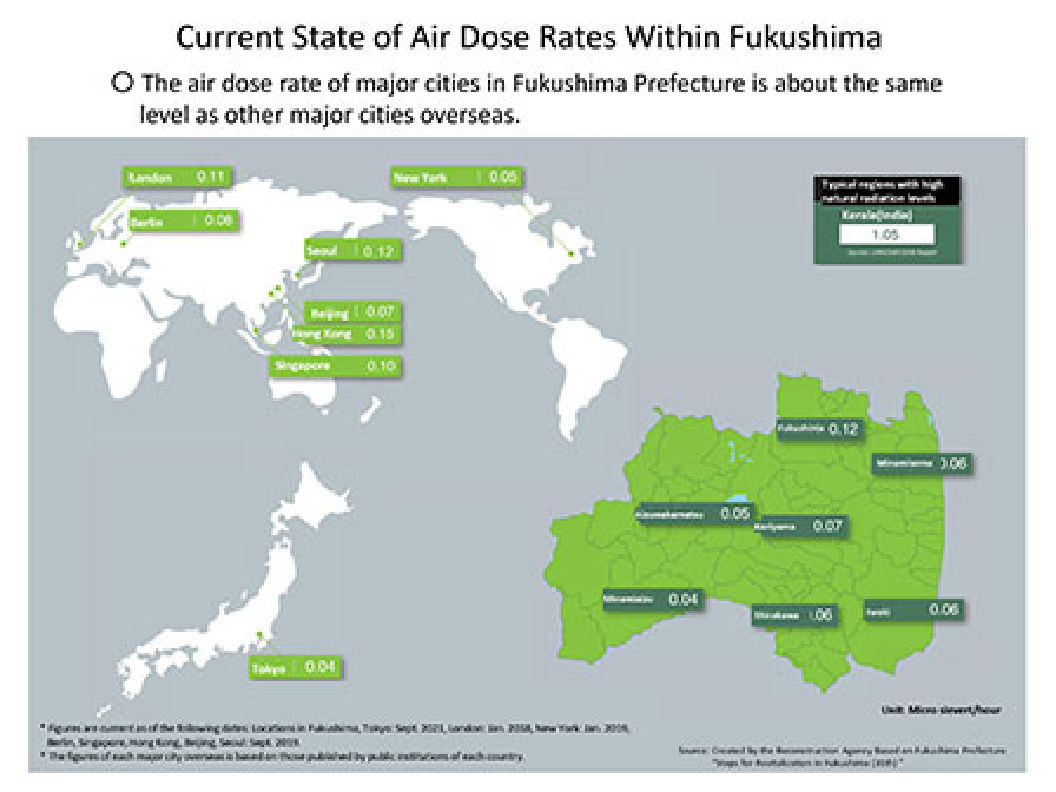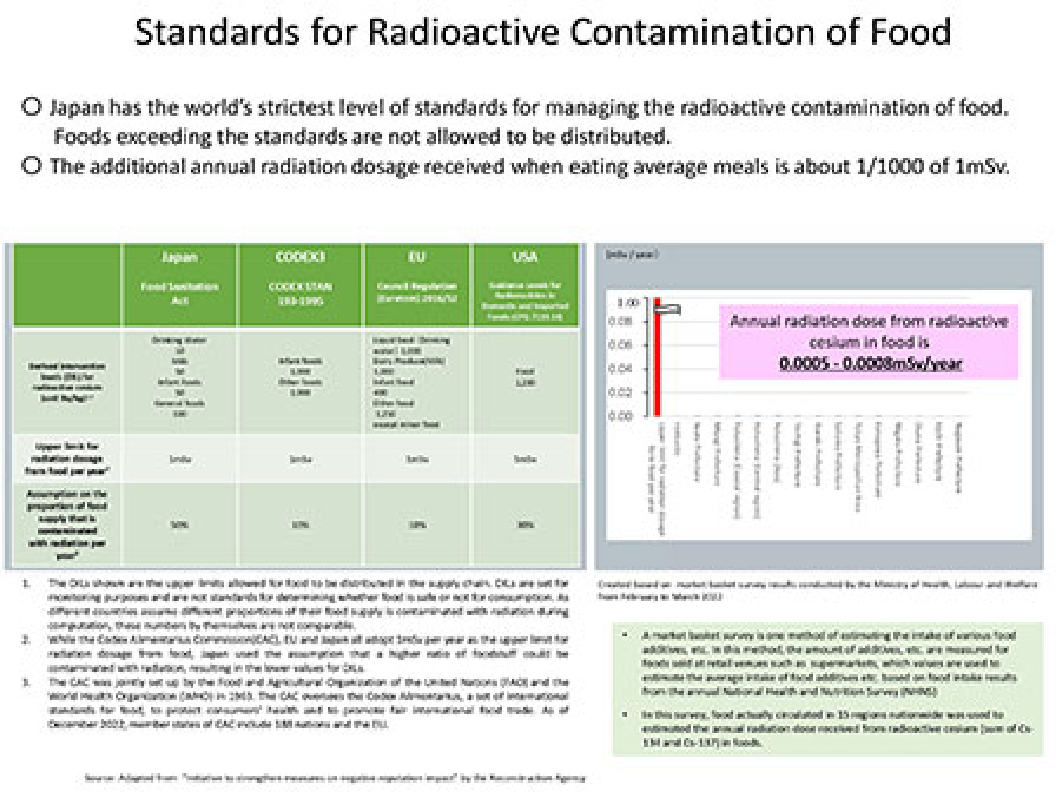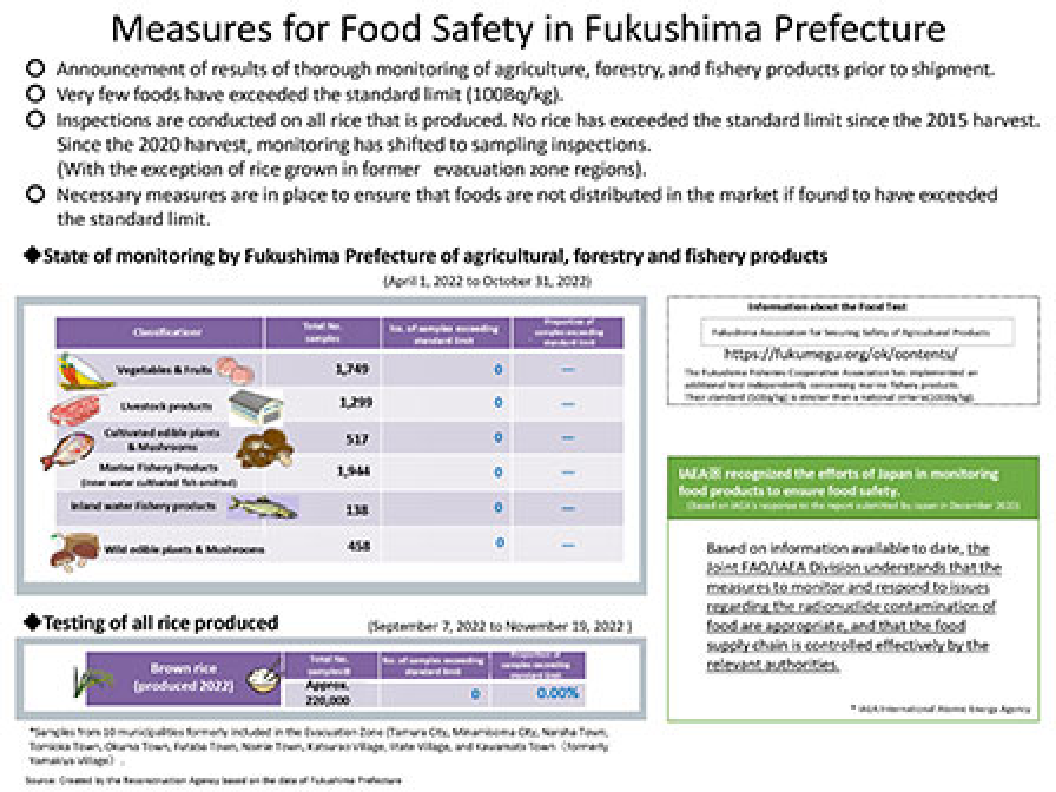After the Great East Japan Earthquake on March 11, 2011, the Japanese Government promptly formulated budgets, modified laws and orders, and established the “Reconstruction Agency” in 2012. The timeframe for reconstruction was set as 10 years, of which the first 5 years (2011-2015) was designated as the “Intensive Reconstruction Period,” with 25 trillion JPY (approx. $250 billion) allocated for reconstruction efforts. The second 5-year period (2016~2020) was designated as the “Reconstruction and Revitalization Period,” with 6.5 trillion JPY (approx. $65 billion) allocated.
Most of the infrastructure in the areas affected by the earthquake has been reconstructed. Reconstruction of housing is steadily moving forward and is also mostly completed. The number of evacuees decreased from a maximum of over 470,000 to approximately 30,000. The Reconstruction Agency also works on reviving industry and people’s livelihoods as well as providing health and living support. (Please refer to “Progress to Date” for further information.)

